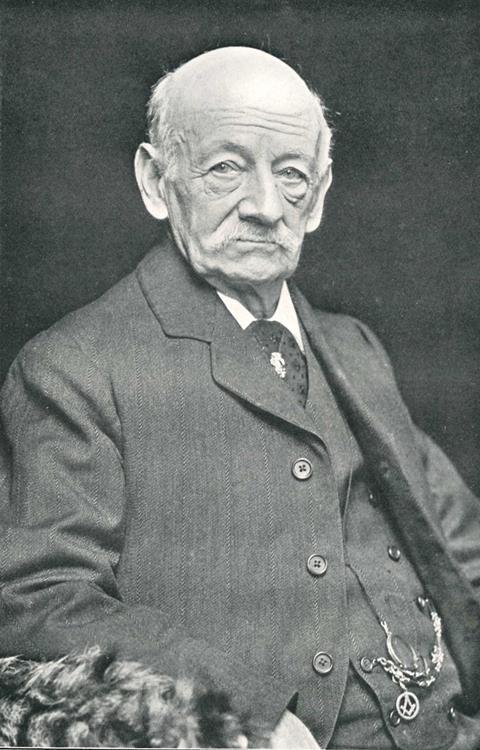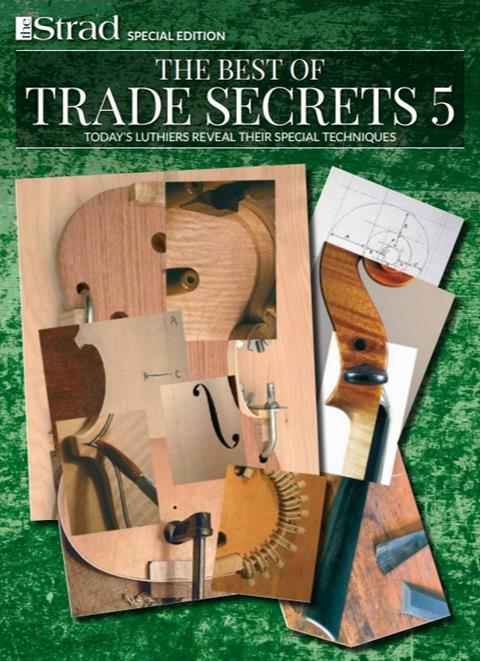Towry Piper gives an account of the life and work of London bow maker James Tubbs (below), still going strong at the age of 78

Discover more lutherie articles here
Read more premium content for subscribers here
James Tubbs was born in 1835, at which time his parents were living in Rupert Court. As may be supposed, he learned his business from his father, from whom he received for his first piece of work – I forget what it was – the sum of sixpence, of which remuneration, though not princely, nor likely to tempt him to extravagance or riotous living, he yet retains a lively recollection! He was a great sprinter, and covered 100 yards in eleven seconds.
He has made bows within the last two or three years – one only a month or so back – which for balance, strength, and general handiness will rank with almost anything he ever did. Some are marked on the gold slide of the nut with his age, generally a birthday. Arthur Beare of Wardour Street has, or had very recently, one such which has made many of his friends break the tenth commandment.
But to return to events in something like their chronological order; in the early seventies Tubbs met with the late Mr. W. S.B. Woolhouse, a well-known musician and enthusiast, who held views upon the bow, the fundamental one of which may as well be stated in his own words, viz.:– “The valuable properties appertaining to a good violin bow are dependent upon the essential principles of free vibration quite as much as those of the instrument; and perfect freedom of vibration in the stick cannot exist unless the bow is well proportioned throughout its entire length.” In pursuance of this theory Woolhouse designed a gauge, an ivory affair which is still in Tubbs’s possession, and which shows the proper thicknesses to be observed at various points in the stick. Tubbs worked upon it with such success as to win the highest encomiums from Wilhelmj (March, 1875), and subsequently from scores of other artists, and still bases his calculations upon it.
Those made in earlier life, down to the time of his ceasing to work for Hill had ivory faces, and according to the practice at that time are of a somewhat lighter make than those now in use by most of the best players. The heads are a trifle smaller and the sticks do not always possess the strength required by a modern virtuoso. Wilhelmj, whose extraordinary breadth of tone is, to all of us who heard him an unfading memory, seems to have been the chief pioneer of the heavier and stronger bow, though examples by Tourte of full weight are not uncommon.
Read: From the Archive: March 1892
Read: From the archive: Joseph Joachim, endurance violinist
Discover more lutherie articles here
Read more premium content for subscribers here
An exclusive range of instrument making posters, books, calendars and information products published by and directly for sale from The Strad.
The Strad’s exclusive instrument posters, most with actual-size photos depicting every nuance of the instrument. Our posters are used by luthiers across the world as models for their own instruments, thanks to the detailed outlines and measurements on the back.
The number one source for a range of books covering making and stinged instruments with commentaries from today’s top instrument experts.
This year’s calendar celebrates the top instruments played by members of the Australian Chamber Orchestra, Melbourne Symphony, Australian String Quartet and some of the country’s greatest soloists.


























































No comments yet